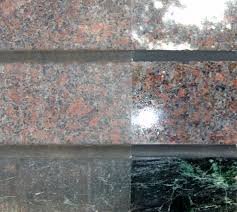Steps Involved in Professional Stone Restoration
Like other non-verbal cues structure and surroundings of any domestic or commercial building also communicate about the sophistication of the people belonging there. In case of domestic building it is visited by guests relatives, similarly commercial premises are visited by number of stake holders like clients, suppliers etc. In the first instance floor to ceiling everything gives an idea about the people there to new visitor. To maintain public image and goodwill of the business care is needed in every matter and to fulfill this stone flooring concept in the buildings has become very popular for pure and clean image.
Stone floor are very common due to its popularity and being in the trend but the purpose for which it is there can only be achieved if it is cleaned and proper maintenance measures are taken on proper intervals. A lot of professional firms are providing stone restoration services but selection of the best is possible only when complete knowledge of facts and process of cleaning is possessed by the service acquirer. Whole process of stone cleaning by the professional service providers is divided in three phases having two steps each. In the first phase inspection and preparation are performed. Inspection refers to the complete and detailed examination of the stone flooring and analysis of the work to be performed according to the nature of the stone and nature of damage on it.
Damage to stone floor may be either stain on the surface or deep scratches similarly there may be some faded area due to direct exposure to the sun. After complete examination terms of contract and agreed upon procedure are decided with client. Afterwards there comes preparation which includes covering the walls and other area, and removing hard particles from the surface of the floor to make it ready for next stage of stone restoration process.
In second phase solution application and agitation are performed. In solution application pre-mixed solution for stone cleaning is applied on the surface and then rotary machines agitate the applied solution. In the third and last phase polishing and sealing are done to make the restoration process complete and its effects long-lasting.


